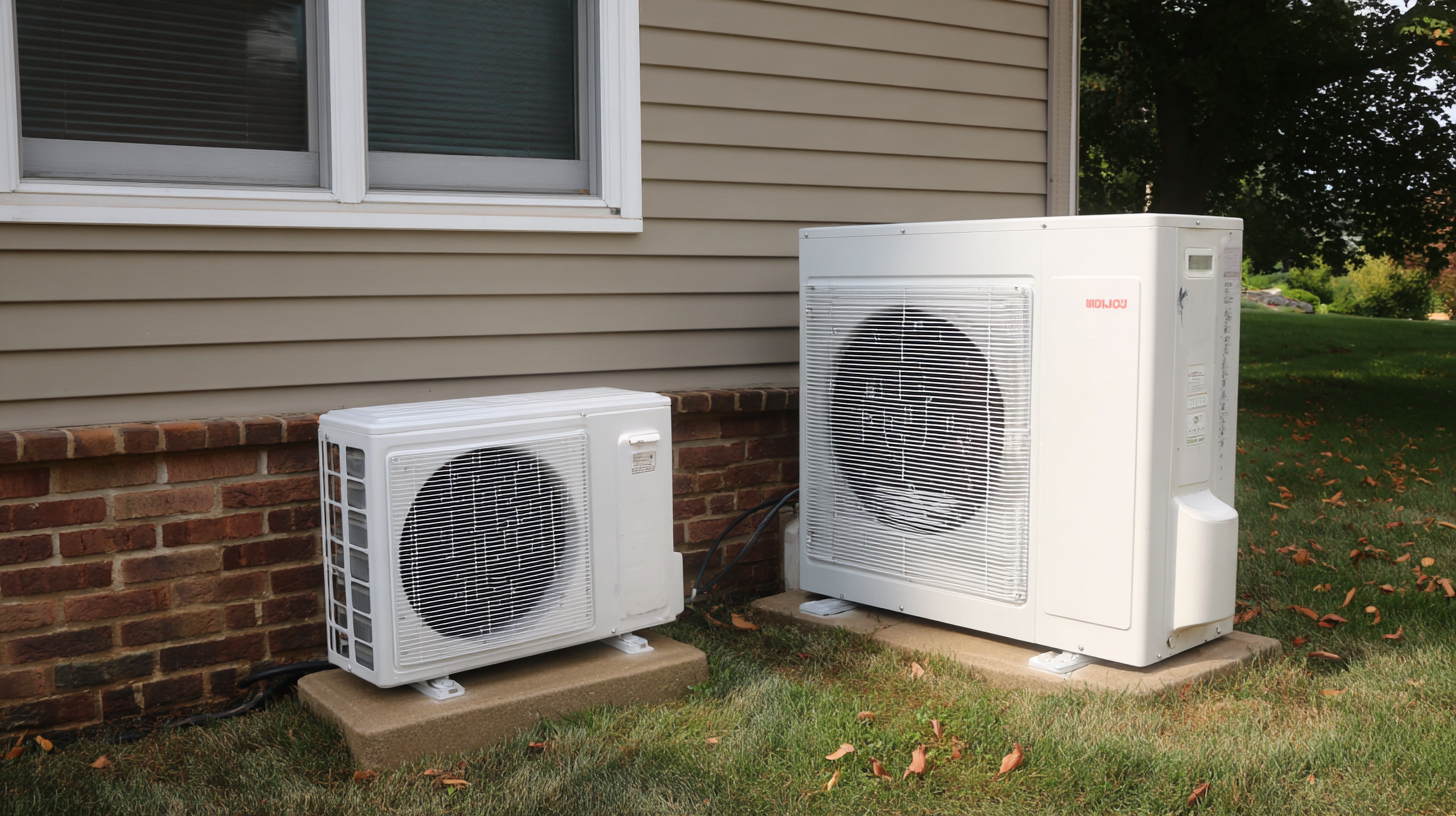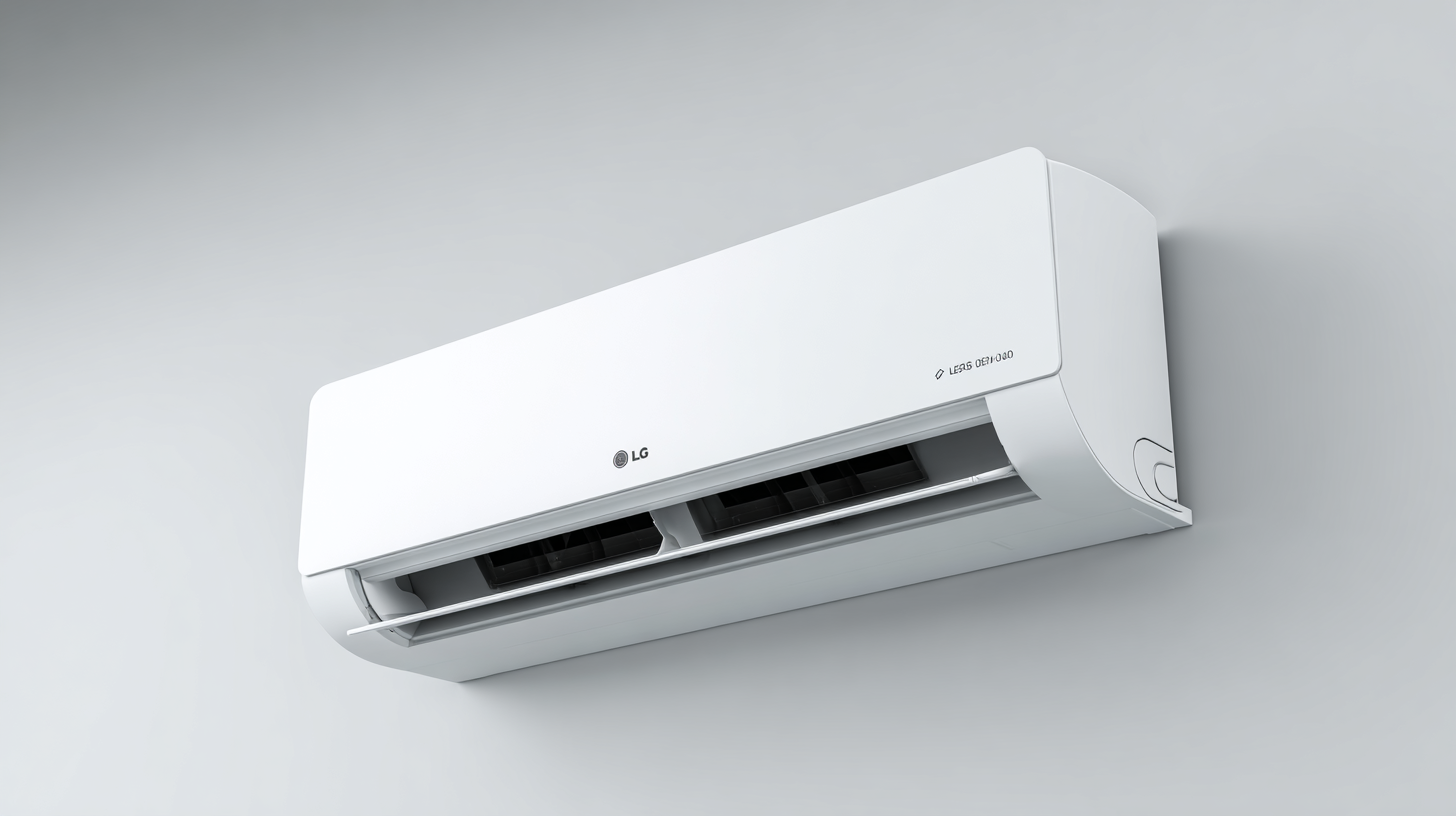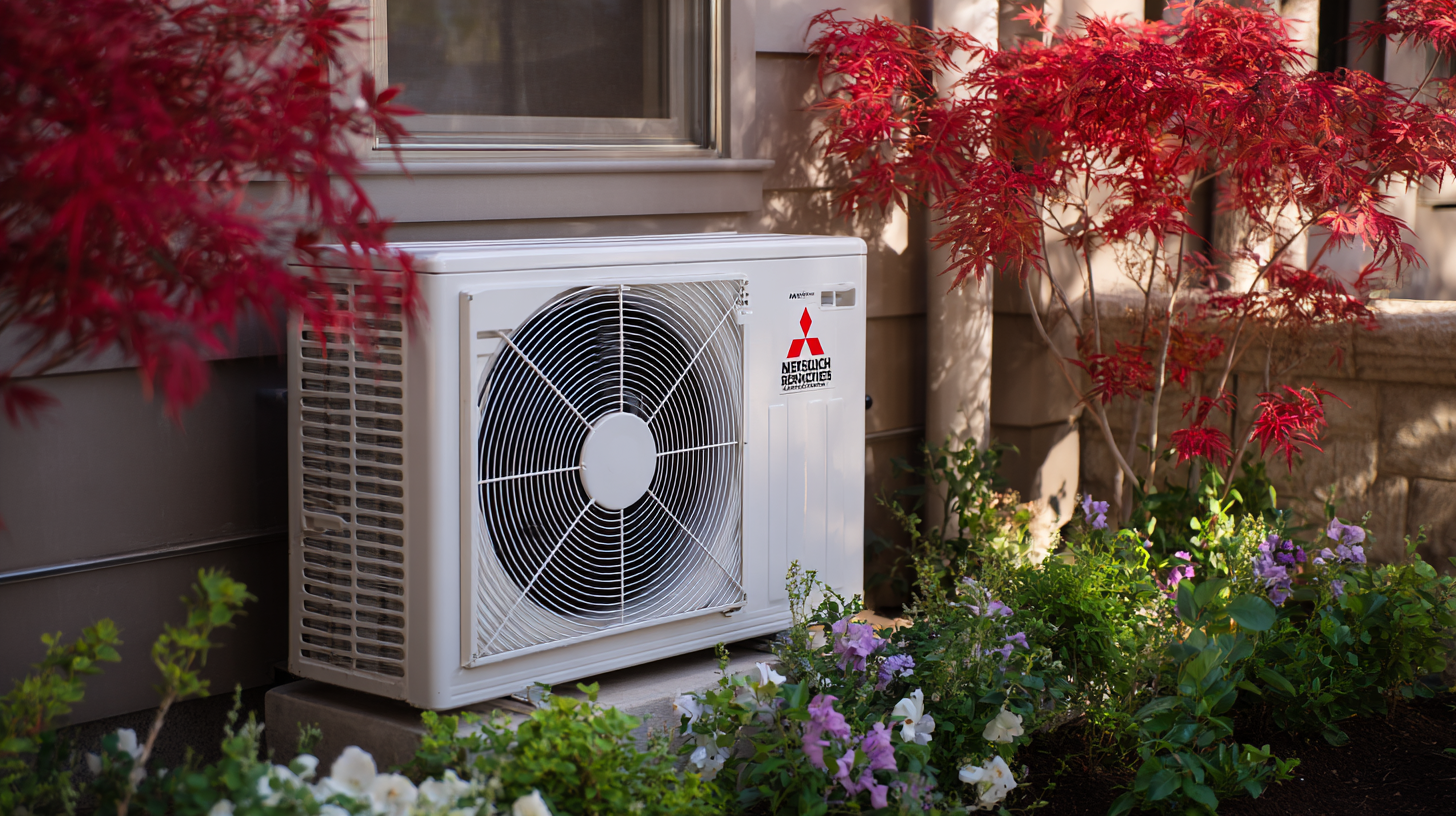


In the quest for efficient climate control, the Mini Split Heat Pump has emerged as an innovative solution that seamlessly balances comfort and energy efficiency. With the world increasingly focused on sustainable living and reducing carbon footprints, these advanced heating and cooling systems offer an ideal alternative to traditional HVAC solutions. Not only do Mini Split Heat Pumps boast a compact design and flexible installation options, but they also deliver exceptional performance in diverse climates.

As China steps into the global spotlight, its high-quality manufacturing capabilities are providing exceptional Mini Split Heat Pump technology that aligns with international standards of excellence. This blog will explore the various solutions and benefits that these state-of-the-art systems bring to both residential and commercial settings, demonstrating how they can effectively enhance climate control while advocating for eco-friendly practices.
Mini split heat pump technology is revolutionizing home climate control, offering an efficient and flexible solution for homeowners. Understanding the intricacies of this system can help you harness its benefits effectively. Mini split heat pumps operate without ductwork, making them ideal for homes looking to improve energy efficiency without extensive renovations. They are capable of both heating and cooling, making them a versatile choice year-round.
**Tip 1:** When selecting a mini split system, consider the size of your space. A properly sized unit ensures maximum efficiency and comfort. If you're unsure, consult with a professional to assess your heating and cooling needs.
Enhanced insulation can significantly boost the performance of your mini split heat pump. When homes are well-insulated, they retain desired temperatures more effectively, allowing heat pumps to work less while delivering superior comfort.
**Tip 2:** Regular maintenance of your mini split units is crucial. Clean filters and outdoor coils periodically to ensure optimal performance and energy savings.
Cold climate heat pumps are specifically designed to function efficiently even in frigid temperatures, making them an excellent choice for regions with harsh winters. They can provide reliable warmth when you need it most without the high energy bills typically associated with traditional heating systems.
**Tip 3:** Look for ENERGY STAR rated units to ensure you are investing in a high-efficiency model that can help lower your energy costs while maintaining a comfortable home environment.
| Feature | Description | Benefits | Efficiency Rating |
|---|---|---|---|
| Inverter Technology | Adjusts the compressor speed based on cooling demand | Increased energy efficiency and consistent temperature | SEER: Up to 25 |
| Multi-Zone Systems | Allows for cooling and heating in multiple rooms | Personalized comfort and energy savings | HSPF: Up to 12 |
| Silent Operation | Designed to operate quietly without disturbing daily activities | Enhanced comfort in living and working spaces | Decibel Level: As low as 19 dB |
| Wi-Fi Connectivity | Allows remote control via smartphone app | Convenient temperature management from anywhere | Energy monitoring capabilities |
| Heat Pump Functionality | Heats and cools spaces efficiently | All-season climate control for year-round comfort | COP: Up to 4.0 |
 Mini split heat pumps have emerged as a frontrunner in energy-efficient climate control systems, significantly reducing energy consumption for heating and cooling. According to the U.S. Department of Energy, these systems can reduce energy bills by up to 30% compared to traditional HVAC systems. This efficiency stems from their ability to provide targeted heating and cooling, minimizing wasted energy by only conditioning the spaces in use.
Mini split heat pumps have emerged as a frontrunner in energy-efficient climate control systems, significantly reducing energy consumption for heating and cooling. According to the U.S. Department of Energy, these systems can reduce energy bills by up to 30% compared to traditional HVAC systems. This efficiency stems from their ability to provide targeted heating and cooling, minimizing wasted energy by only conditioning the spaces in use.
One of the key benefits of mini split heat pumps is their variable speed technology, which allows the system to adjust its output based on the specific needs of a room. This feature not only enhances comfort but also contributes to lower energy costs, as the system runs at a lower capacity during milder temperature conditions. Studies indicate that homes using mini split systems can achieve up to 40% higher energy efficiency ratings than those with conventional heating and cooling solutions.
Tip: Consider zoning your home with multiple mini split units to maximize energy savings and overall comfort. By heating or cooling only the rooms in use, homeowners can avoid unnecessary energy expenditure. Additionally, regular maintenance of your mini split system can keep it running efficiently, ensuring optimal performance and prolonging its lifespan.
Mini split heat pump systems are increasingly recognized for their versatility in managing the diverse heating and cooling needs of various spaces, from small apartments to large commercial buildings. According to recent industry reports, the global mini-split market is projected to grow at a CAGR of 7% through 2025, driven by their energy efficiency and flexibility in installation. Unlike traditional HVAC systems, mini splits can address specific areas within a building, allowing for personalized climate control that can enhance comfort while reducing energy consumption.
These systems operate using advanced inverter technology, which adjusts the compressor speed based on the desired temperature, ensuring optimal performance with minimal energy use. Statistics show that mini split systems can achieve efficiencies of up to 30 SEER (Seasonal Energy Efficiency Ratio), significantly outperforming typical central systems. This efficiency results in lower utility bills and minimized environmental impact, making mini splits an attractive option in the evolving landscape of climate control solutions. As households and businesses seek innovative ways to enhance indoor comfort, mini split heat pump technology stands out for its adaptability and resourcefulness in various spatial configurations.
This chart illustrates the energy efficiency of mini split heat pumps across various spaces, demonstrating their versatility in providing optimal climate control solutions.
Investing in mini split heat pump technology proves to be a strategic decision for homeowners seeking both cost savings and efficient climate control. Unlike traditional heating and cooling systems, mini split systems provide localized temperature regulation, allowing users to only heat or cool the areas they occupy. This targeted approach not only enhances comfort but also significantly reduces energy waste, translating into lower utility bills over time. The flexibility of mini splits, which can efficiently operate in varying climates, makes them an invaluable asset for any homeowner aiming to optimize both comfort and energy usage.

In terms of long-term investment, mini split heat pumps can substantially increase a property's value. With growing awareness of energy efficiency and sustainability, homes equipped with advanced climate control systems are more attractive to potential buyers. Additionally, many mini split models come with high SEER (Seasonal Energy Efficiency Ratio) ratings, further proving their energy-saving capabilities. By reducing reliance on fossil fuels and decreasing energy consumption, these systems not only pay for themselves over time through savings but also contribute positively to the environment, making them a wise choice for the conscientious homeowner.
Mini split heat pumps have revolutionized the way we approach climate control in residential and commercial spaces. These systems not only provide efficient heating and cooling but also come with advanced features that maximize comfort. According to the U.S. Department of Energy, ductless mini split systems can deliver energy savings of 30% to 40% compared to conventional heating and cooling methods. This efficiency is partly due to their ability to maintain consistent temperature zones, allowing users to enjoy personalized comfort without wasting energy on unoccupied spaces.
One of the standout features of modern mini split units is their variable speed compressor technology. Unlike traditional systems that cycle on and off, these compressors adjust their output to match the desired indoor temperatures more closely. This results in less energy consumption and reduced wear and tear on the unit, extending its lifespan. Additionally, many models now offer smart connectivity, enabling users to control their systems remotely via smartphone apps. This feature not only adds convenience but also allows for real-time monitoring and optimization of energy usage, aligning with the growing demand for both sustainability and user-friendly technology in climate control solutions.
